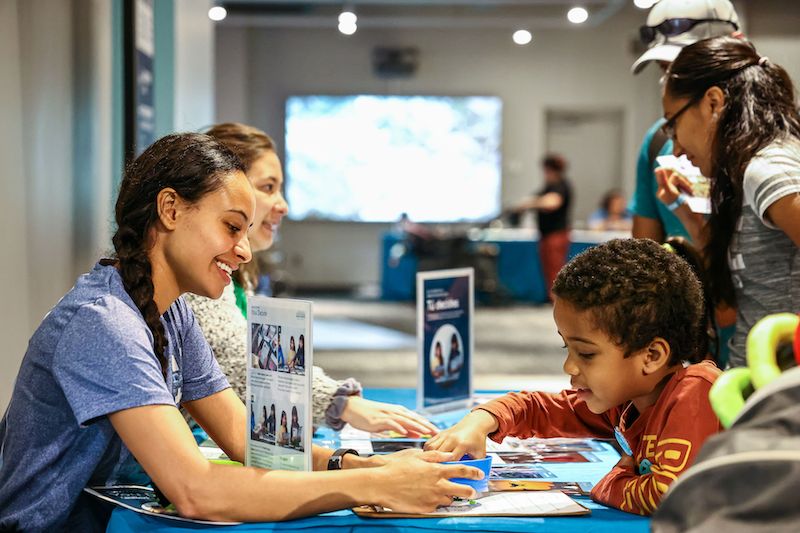A new initiative, spearheaded by Arizona State University and NASA's Science Activation Program, is driving forward authentic STEM education within Latino communities across the United States. The project, aptly titled "Engaging Hispanic Communities in Authentic NASA Science," is fostering a collaborative learning environment in six locations: California, Arizona, New Mexico, and Texas.
The project's unique approach centres on co-creating learning experiences that resonate with the specific cultures, priorities, and strengths of each participating community. By working closely with educational institutions, community groups, and subject matter experts, the initiative aims to ensure that STEM education is accessible and engaging for all.
Here's a glimpse of the diverse activities taking place across the six locations:
San Francisco Bay Area: The Lawrence Hall of Science at the University of California Berkeley, in partnership with Bay Area Community Resources, is offering hands-on Earth and space activities within numerous out-of-school-time programs.
San Diego: The Fleet Science Center and the San Ysidro STEM Committee are collaborating on an annual STEM festival, designed to spark interest and engagement within the community.
Phoenix/Mesa Metro Area: Arizona State University and RAIL Community Development Corporation are working alongside local artists and community members to embed STEAM (STEM + art) experiences within Hispanic neighbourhoods, encouraging a holistic approach to learning.
Albuquerque: Explora and Horizons Albuquerque are hosting a teen summit where young participants will work together to co-create a new, future-focused exhibition for the science centre.
Brownsville, Texas: The Brownsville Children's Museum is collaborating with various local partners to bring STEM learning directly to families through community events across the region.
Houston: The Children's Museum of Houston and Community Family Centers are offering STEM-focused summer camps within underserved Hispanic neighbourhoods, providing valuable learning opportunities for young people.
These engaging activities have successfully reached over 10,000 learners across Spring and Summer 2024, offering them real-world STEM experiences. The project's long-term vision extends beyond these initial efforts, fostering ongoing collaboration and knowledge sharing between participating organizations. This includes building strong relationships, broadening participation across communities, and creating a shared learning platform where insights, strategies, and best practices are exchanged.
The learnings and resources generated through this project will be disseminated widely, reaching STEM educators and engagement professionals across the country. This initiative is a testament to the power of community collaboration in driving forward inclusive and meaningful STEM education, ultimately benefitting generations to come.

